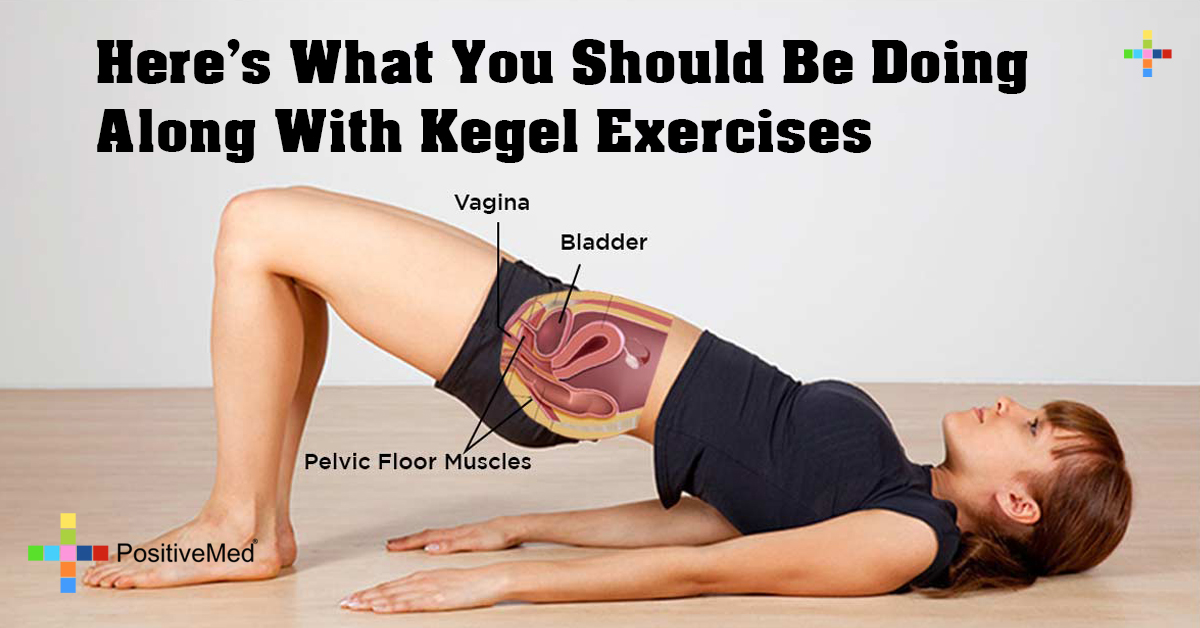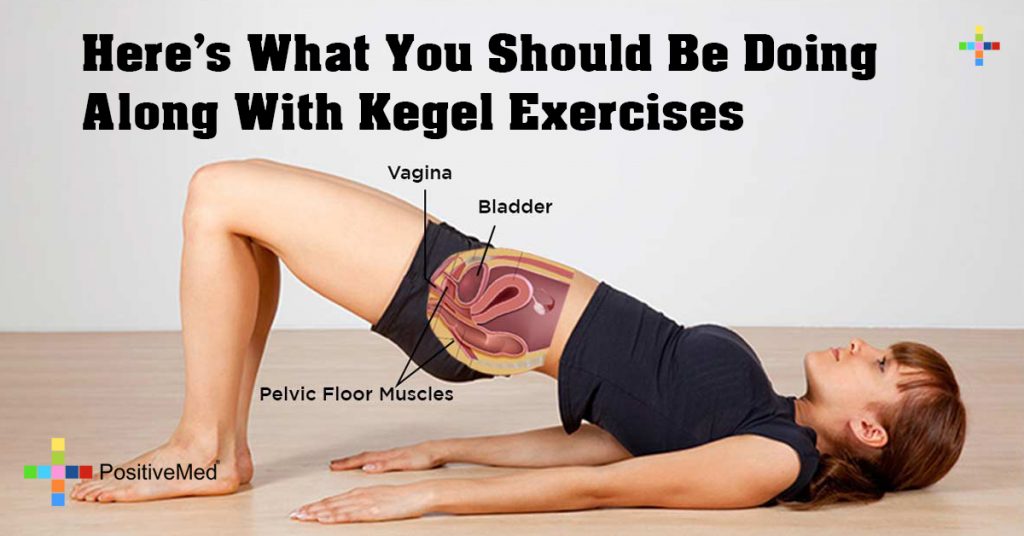
[nextpage title=”…”]
As advanced as our society has become, many women are still reluctant to talk about their bodies. Incontinence and pelvic organ prolapse are rarely discussed, but it is estimated that nearly 50% of women ages 50-75 will suffer from some type of pelvic organ difficulties in their lifetime. Many physical therapists and women’s health experts are finding there are many ways to tone the pelvic floor and have found that variation in exercise is more effective than one type alone. Though you might feel shy to ask your doctor, it is important to learn what you should be doing along with Kegel exercises.
Many women experience pelvic problems after childbirth or when their hormones are in flux during perimenopause or menopause. Pelvic organ prolapse (POP) can range from mild to severe. It can be manifested as incontinence, a feeling of constantly having to urinate, being unable to properly void, tension, spasms and pain. It is a common occurrence after childbirth and during menopause because when estrogen drops, it thins the pelvic walls, resulting in a “loose” sensation, a feeling of bulging or fullness pushing on the pelvic floor.
The historical attitude was squeamish to dismissive when it came to discussing women’s health problems. Some doctors in the Victorian age even opted to forgo actual examinations and have women point out their ailments on a doll. In our modern era, or at least since the 1950s, doctors have recommended Kegels to strengthen pelvic muscles and curb incontinence.
Kegels target the muscles around the urethra and are located by the stopping the flow of urine. Once the correct muscles are located, Kegel exercises should be done at least three times per day. These sessions are performed by squeezing the muscles for up to ten seconds and repeated ten times each exercise session to progressively halt incontinence. The problem with Kegels is that for many women, they don’t work very well.
RELATED ARTICLE: See What Happens to Your Body After 1 Month of Intense Kegel Workouts
Often in childbirth there can be trauma or surgical issues that change the pelvic muscles, and occasionally there is also damage to the ligaments of the muscle that connect it to the bone. Kegels may temporarily help but cannot alleviate the problem entirely, and nothing short of surgical repair will work for the most severe cases of ligament damage, so it is important to consult with a healthcare provider to see what type of damage was sustained. For smaller problems, many women are turning to exercise to support the entire pelvic cradle, with the reasoning being rooted in physical therapy.
[/nextpage] [nextpage title=”…”]
Before exercising, picture the pelvic muscles like a hammock hanging between the tailbone and the pelvic bone. After trauma or stress, the hammock can hang loose. Sometimes it will become too tense and tight with too much exercise, which can be an adverse effect of Kegels. (Think about doing too many bicep curls- working only one muscle makes it become grossly enlarged.)
When this happens with pelvic organs, it can result in pain or in problems with voiding. If you cross-train those muscles with a variety of exercise to strengthen and stretch the various pelvic muscles, you will have a stronger and more flexible “hammock” and a network of muscles that supports you.
The best way to cross-train is to do squats, to sit on an exercise ball instead of a chair, to trade running for brisk walking, and practice good posture to keep muscles in alignment. For help in locating which pelvic muscles to target, consult with a physical therapist that specializes in women’s health. Prevent straining the muscle by avoiding lifting heavy objects, slouching, and doing abdominal exercise like crunches, as they force pressure down.
READ ALSO: The Most Effective Abdominal Exercises Performed In 10 Minutes
Pelvic organ prolapse and issue affect a large portion of women, and it is nothing to be ashamed of. Many experts in the field are developing new ways to treat this problem, and a great way to start is to cross train those muscles in addition to Kegel exercises. With some effort and care, you can be as healthy, toned and comfortable as possible.
[/nextpage]






